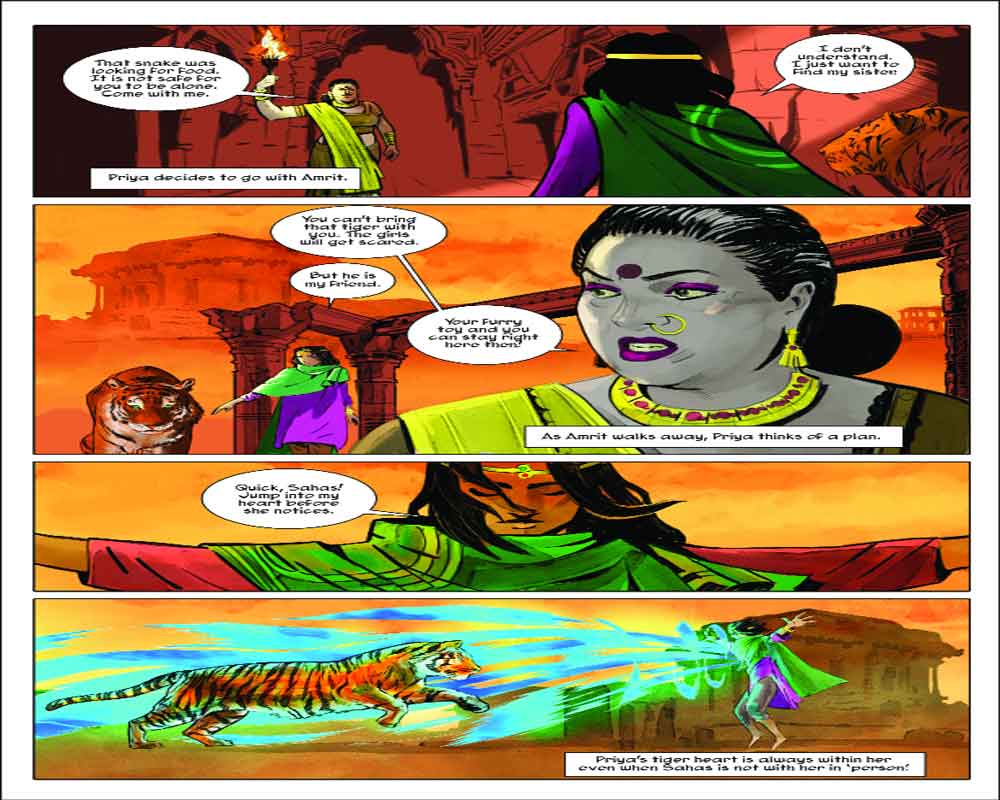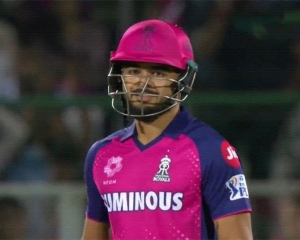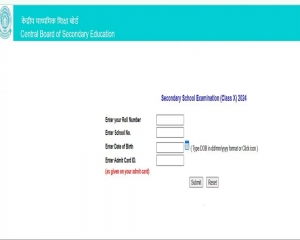Filmmaker Ram Devineni’s Priya and the Lost Girls, despite being a comic book integrated with augmented reality, brings the grave issue of sex trafficking to the fore and makes sure the message gets delivered aptly, says Sakshi Sharma
Given the increasing graph of crimes against women, the comic book genre, too, has been moved enough to take positions. Filmmaker Ram Devineni, along with writer Dipti Mehta, decided to focus on the issue through a comic book integrated with augmented reality, Priya’s Shakti, which was earlier showcased in an exhibition. He has now brought a third edition to it — Priya and the Lost Girls — which revolves around sex trafficking and gender-based violence. He introduces Priya as the first female superhero of India who is a rape survivor and acts as an inspiration for acid attack victims. He explains how his characters are animated through AR.
Since it’s the third edition of the book, what is new this time?
Priya and the Lost Girls is the third in our series which focusses on Priya — India’s first female superhero and a rape survivor. Her origin and the theme of gender-based violence was in the first comic book, Priya’s Shakti. The second comic book, Priya’s Mirror, focussed on acid attacks. And this new edition continues Priya’s journey and focusses on sex trafficking.
What was the idea behind creating a female superhero — Priya?
We did not want to create a typical superhero. Instead, we wanted a hero whose strength is her idea. Priya is not your typical “superhero.” Her strength is her power of persuasion and the power of an idea. Although she is seen riding a tiger, she has no special powers. An idea is much more powerful than Superman’s strength or Wonder Woman’s magic lesson. Another idea that we kept in mind was the non-violence and passive resistance that the society has. So she is like everyone — the power exists in all of us but is hidden in our fears. She was named by UN Women as a “gender equality champion.”
How does the story begin and move forward?
The protagonist, Priya, continues her adventures with the flying tiger Sahas. She then returns home and discovers that all the young women of her village have disappeared, including her sister, Laxmi. She learns from her parents that they were taken to an underground city, Rahu. Priya searches for the city and discovers that it is run by a demon living in a volcano, who gets his power through fear and entrapment of women in his brothel city. The city used to be a tranquil kingdom run by Manidhari, half-snake and half-woman and her husband, Paatal. But Rahu tricked them and turned the kingdom into a wasteland and put his servant, Amrit, in charge of luring women and controlling them. Priya convinces her sister and other women to leave Rahu and break his spell over them. When the women escape and return home, they face the stigma and prejudice from their own people and family. This angers Priya and leads to a dramatic conclusion.
Comic books are usually seen as a fun read. So how did you conceptualise such a grave issue?
I selected the comic book format because I grew up reading the series Amar Chitra Katha and was hugely influenced by it. I think millions of children have entered the collective consciousness of contemporary Indian culture by reading these stories. Comic book characters like Superman, Batman, and Wonder Woman have become modern mythological icons. Other comic book stories such as Art Spiegelman’s Maus address important historical events. We are using existing constructs that are familiar to everyone in India but presenting them in a fresh and an original way. A comic book can talk about serious subjects too besides being entertaining.
This edition by far has reflected upon the horrors of the brutal gangrape of 2012. Recently, the Hyderabad gangrape also initiated debates, bringing attention to how such crimes haven’t really changed even in seven years. What would you say about it? Do you plan to curate this issue into the newer edition?
Violence towards women is a major problem in India and the Hyderabad gangrape is the most extreme example of it. Creating a cultural shift is incredibly difficult to do and takes time. The goal of the comic book series is to create empathy for survivors and challenge patriarchal views. Talking with several rape survivors, I realised how difficult it was for them to seek justice and how much their lives were constantly under threat after they reported the crime. Their family, local community and even the police discouraged them from pursuing criminal action against their attackers. The burden of shame was placed on the victim and not the perpetrators. This created a level of impunity among certain men to commit more rapes.
Artistes have the creative freedom and power to put across a perspective through their talent. Does this give them a certain kind of responsibility towards the society?
Free artistic expression is critical in a democratic society — even art that challenges and criticises society is very important. In the comic book series, I have struck a beautiful balance between storytelling, dynamic artwork, technological innovation and social responsibility.
How have you used augmented reality to bring your comic book to life?
Through AR we are able to embed a lot of information, interactive elements and stories from survivors. It is a powerful and imaginative tool to bring the comic book to life.
The images are markers which are activated through the Artivive App. The image can be mounted on wall, printed in a comic book on your computer screen or even on a large mural on the side of a building. The AR is really effective when you see it on a printed comic book or on street art, but it also can be viewed on the downloadable versions on your computer. The comic book is the perfect format for AR because it comprises images. Embedded in the AR are many new layers, including stories from survivors who were sex trafficked, and short documentaries. For Priya and the Lost Girls, we innovatively used green-screen filming to put real people and effects into the comic book. For example, the writer Dipti Mehta was filmed performing excerpts from her play Honour: Confession of a Mumbai Courtesan. When you scan certain pages with the AR app, she appears in the pages.
Do you think technology plays an important role in changing perspectives?
We believe that the use of augmented reality will have a significant impact on the readers who are not much familiar with this approach. There is a huge “wow” factor when readers experience it for the very first time. Our comic book was one of the first publications to use augmented reality in India and defined the new frontiers of integrating books, exhibitions and public art. We also created AR murals in Mumbai, Delhi and Bengaluru on buildings which were seen by millions.


























